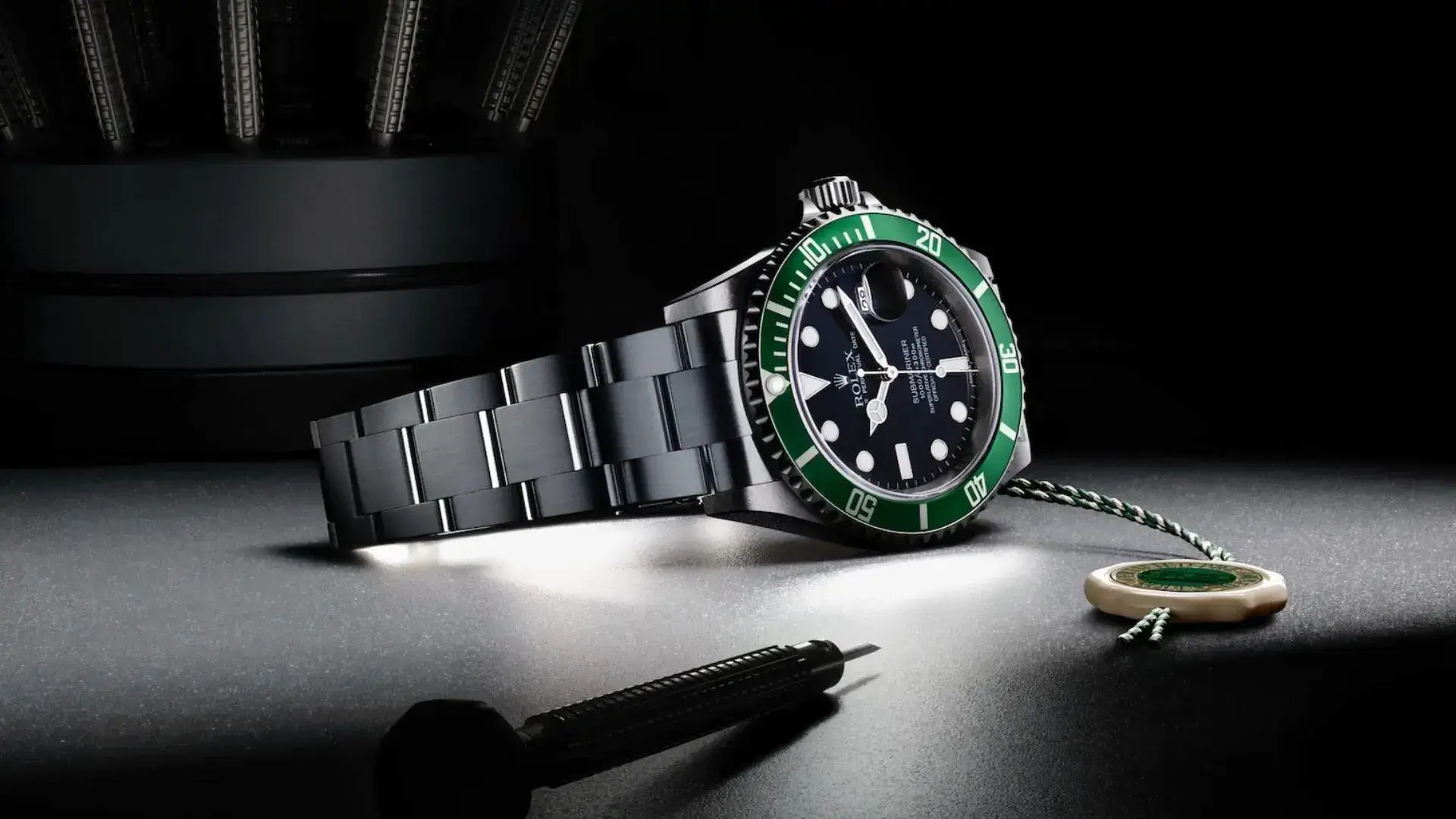A Comprehensive Guide to Spotting a Fake Rolex
Owning a Rolex Watch is not just about possessing a luxurious timepiece; it’s an investment in precision, craftsmanship, and timeless elegance. But with the burgeoning market for replica watches, discerning the genuine from the counterfeit can be a daunting task. This guide equips you with the knowledge and techniques to confidently navigate the intricate world of Rolex authenticity.
First Line of Defense: Visual Cues

- Overall Build and Weight: Genuine Rolexes Watches exude an aura of solidity. They feel substantial in your hand, a characteristic often absent in fakes due to lighter materials.
- Case and Bracelet Finish: Rolex boasts immaculate finishing. Look for sharp edges, flawless polishing, and perfectly aligned links on the bracelet. Any roughness, unevenness, or poorly seated links raise suspicion.
- Crystal and Cyclops: The sapphire crystal should be clear and virtually scratch-proof. The Cyclops magnifier over the date window should almost fill the aperture with the magnified date.
- Dial Details: Examine the dial and hands under a loupe. The printing should be crisp and sharp, with no smudging or misaligned markers. Rolex uses a unique font and precise lume application, both easily discernable from replicas.
- Bezel: Fake bezels might have misaligned numerals, uneven grooves, or cheap paint on the markings. Check for play or looseness, which real Rolexes lack.
Delving Deeper: Authentication Checks

- Serial and Model Numbers: Every Rolex bears unique serial and model numbers engraved between the lugs at 6 o’clock. These engravings should be deep and clean, not shallow or poorly defined. You can verify the model number against online resources to ensure consistency.
- Crown and Crown Guard: The Rolex crown should screw down smoothly and feature a sharp, precisely etched crown logo. Check for gaps or misalignments in the crown guard, often telltale signs of a fake.
- Movement: While opening the case back is not recommended, observing the second hand sweep is crucial. Authentic Rolex movements exhibit a smooth, gliding second hand sweep, whereas fakes often have a “tick-tock” motion.
- Documentation and Provenance: Always ask for original purchase receipts, box, and warranty cards. While not definitive proof, a full set of original paperwork strengthens the watch’s legitimacy.
Beyond the Watch: Trusted Sources

- Purchase from Authorized Dealers: Buying from reputable Rolex retailers minimizes the risk of encountering a fake. Look for the Authorized Rolex Dealer (ARD) certification.
- Seek Professional Verification: If unsure, consult a certified watchmaker or auction house specializing in luxury watches. Their expertise can definitively determine the watch’s authenticity.
- Online Resources: Utilize watch forums and resources like the International Watch Guild (IWG) to educate yourself on specific Rolex models and identify common replica flaws.
Remember: Trust your gut. If something feels off about the watch, the price is too good to be true, or the seller hesitates to answer questions, walk away.
In Conclusion
Spotting a fake Rolex requires attention to detail, awareness of common replica flaws, and access to reliable resources. By applying the tips in this guide, you can navigate the world of luxury watches with confidence, ensuring your investment shines as brightly as the Rolex crown itself.
Additional Tips:

- Compare the watch you’re considering to high-quality photographs of the same model online.
- Be wary of online deals that seem too good to be true. If the price is significantly lower than market value, it’s likely a fake.
- Don’t be afraid to ask questions. A reliable seller will be happy to answer any concerns you have about the watch’s authenticity.
By prioritizing authenticity and responsible purchasing, you can add a genuine Rolex to your collection, a timeless symbol of precision, craftsmanship, and enduring value.



